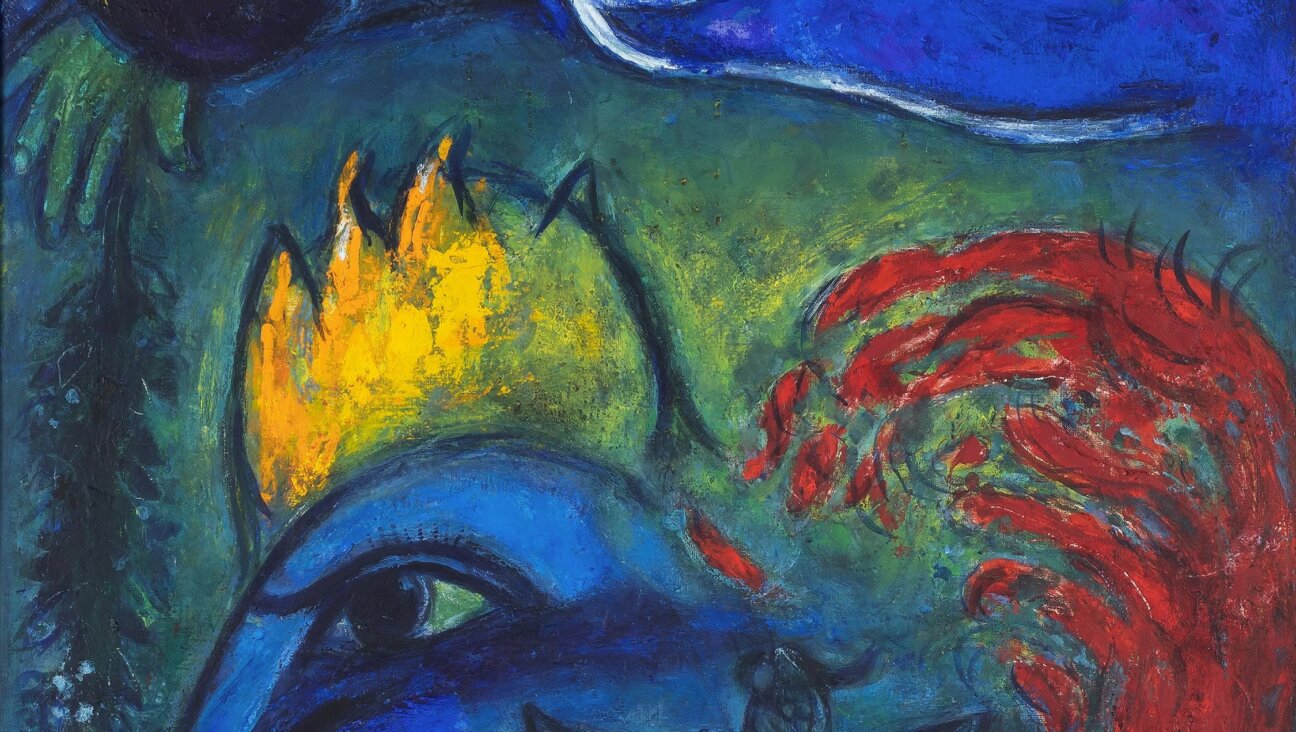Gego Draws a Line at the Holocaust

The show currently on display at Dominique Lévy’s gallery on Madison Avenue in Manhattan, and devoted to the works of the artist known as Gego, is called “Autobiography of a Line,” after an early art book made by Gego herself. The title suggests something deeply personal, but the show offers something more oblique, more obscurely powerful and revealing.
Born in Hamburg in 1912 to a Jewish banking family, Gertrude Goldschmidt (“Gego” was a childhood nickname) trained in architecture, graduating from the Technische Hochschule Stuttgart in 1938, the year of Kristallnacht. In 1939 she left Germany for Venezuela, where she remained until her death in 1994. (She became a Venezuelan citizen in 1952.) Initially, Gego worked as an architect and made and sold furniture. Then, in the early 1950s, she increasingly dedicated herself to an artistic practice encompassing sculpture, drawing, and print- and bookmaking, without committing — really, without limiting — herself to any one mode or means.
The results, at once dense and spare, primitively futuristic, anonymous and autobiographical, suggest an idiosyncratic vision: a synthesis of, and movement past and away from, several key artistic moments of the 20th century. Minimalist and stark, Gego’s work, which deploys iron, copper, and steel in the form of wires and rods, clearly emerges from her work in architecture. But in its sly implication of bodies, its allusiveness and playfulness, her art also speaks to history and to women’s place in relation to it.
In the airy space on the gallery’s second floor we encounter “Chorros” — sculptures intended, if the name is to be believed, to act in the manner of wire waterfalls. (Chorro is the Spanish word for “flow,” as in tap or faucet.) There is something charmingly childlike about these assemblages, with their likeness to mobiles or wind chimes, the large-scale rendering. But there is also something threatening. Passing among them feels like entering fairy-tale woods, where occasional bursts of color — a vivid blue, a bloody red — act in the manner of sudden cries. (For help? Of fear?) The steel-rod “Chorros” could be clean, flowing water, but they could also be acid rain, the pouring-out of a vengeful god’s wrath.
Or they could be headless mannequins, unidentified and unidentifiable corpses, the skeletal remains of hanged bodies. The overall effect is eerily, improbably beautiful. Gego’s work is, in its aesthetics, nothing like the work of Alina Szapocznikow, the Polish sculptor who survived Auschwitz and made lushly deteriorating displays of bodies. But there is a common thread that ties together the women’s art— their connection to the Holocaust and the precariousness of escape that, on the one hand, gives their creations a sense of detachment, and, on the other, animates them with a sincere shriek. Gathered in a single, light-filled, airy room, “Chorros,” clean and sleek and gleaming silver, made me think of forests filled with partisans, hungry and dire, fighting to survive one more day so that they might live to see revenge. There is a light and a darkness in this work: Encountering these is like plunging into clear water and finding it ice cold.
On the third floor are Gego’s “Bichitos,” small-scale “creatures” made from wires and metal and from Plexiglas and fabric, and a series of “Dibujos sin Papel,” or “drawings without paper,” intricacies of iron mesh, wire and rods wrought into etchings, like a triumphant compromise arranged between a sculpture and a drawing. They suggest a cartoon sketched with a wire cutter instead of a pencil.
Gego spoke of line drawing as a meditative act, and she was explicitly interested in the space between the lines. The in-betweeness might be a site of artistic creation, a gap to fill, a problem to solve. But it might also speak to moments — brief and ineffable — of respite between the harsh landing of the rod, occasions for the telling of a story at once personal and philosophical, specifically universal.
Yevgeniya Traps writes frequently about art and literature for the Forward.
A message from our Publisher & CEO Rachel Fishman Feddersen

I hope you appreciated this article. Before you go, I’d like to ask you to please support the Forward’s award-winning, nonprofit journalism during this critical time.
We’ve set a goal to raise $325,000 by December 31. That’s an ambitious goal, but one that will give us the resources we need to invest in the high quality news, opinion, analysis and cultural coverage that isn’t available anywhere else.
If you feel inspired to make an impact, now is the time to give something back. Join us as a member at your most generous level.
— Rachel Fishman Feddersen, Publisher and CEO























